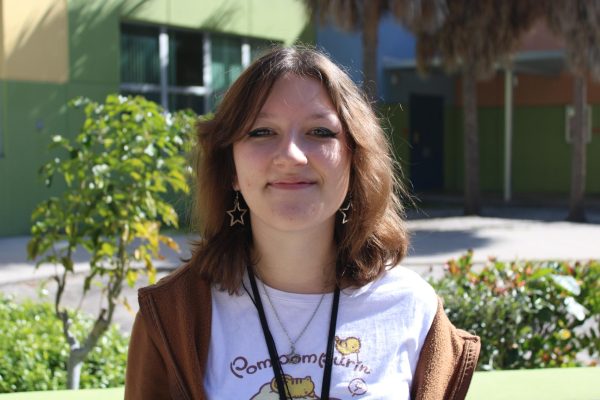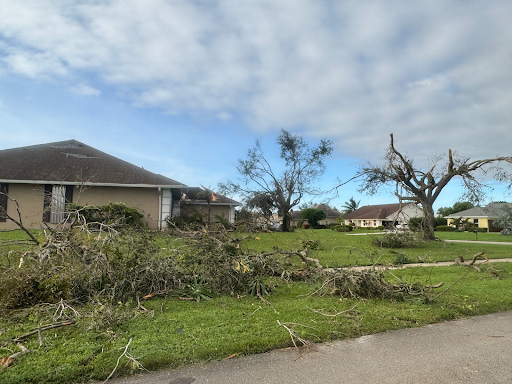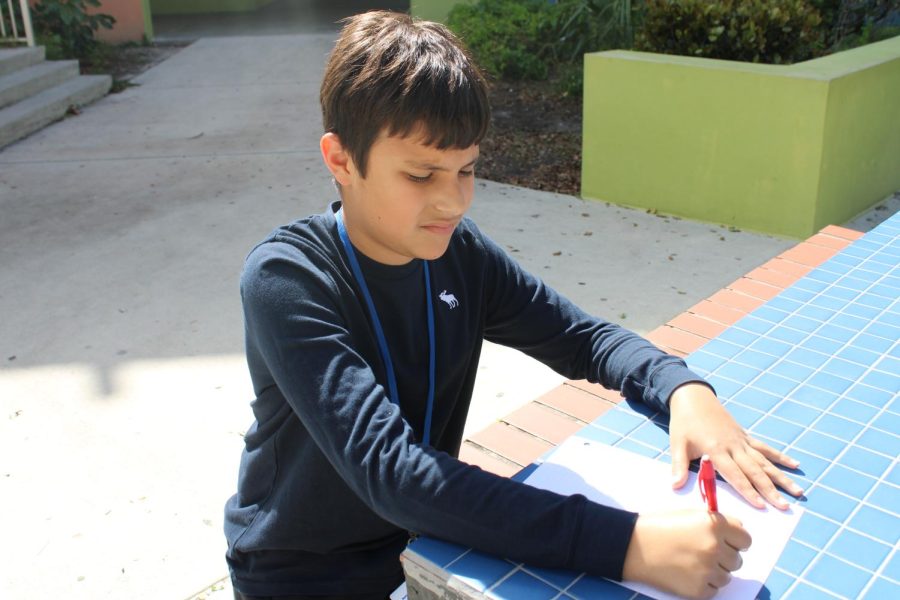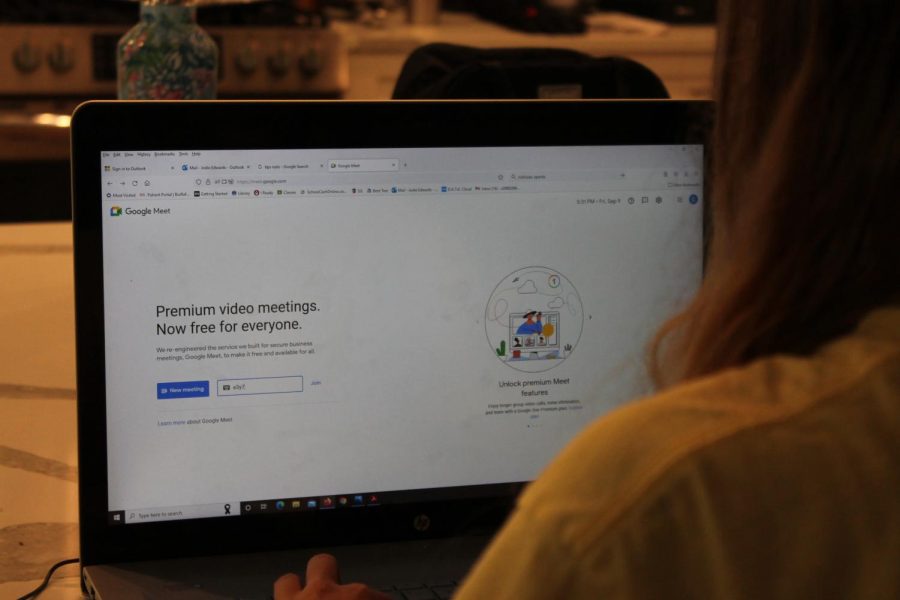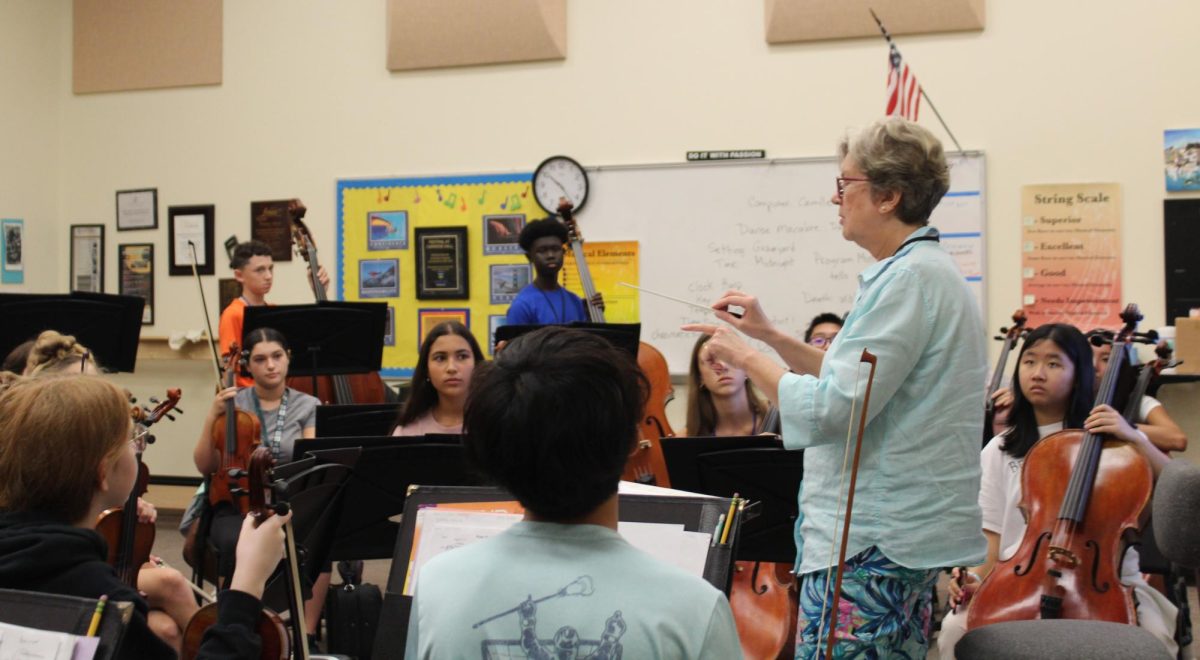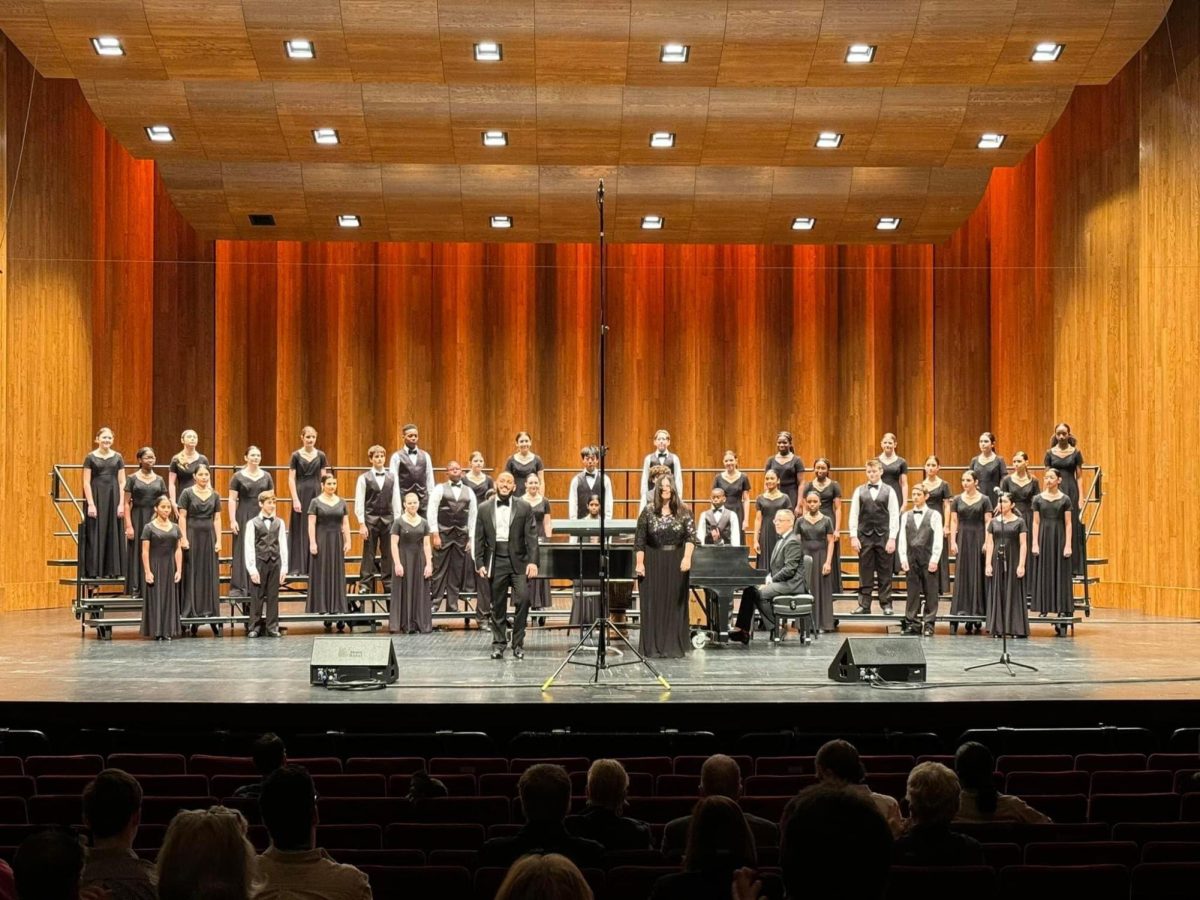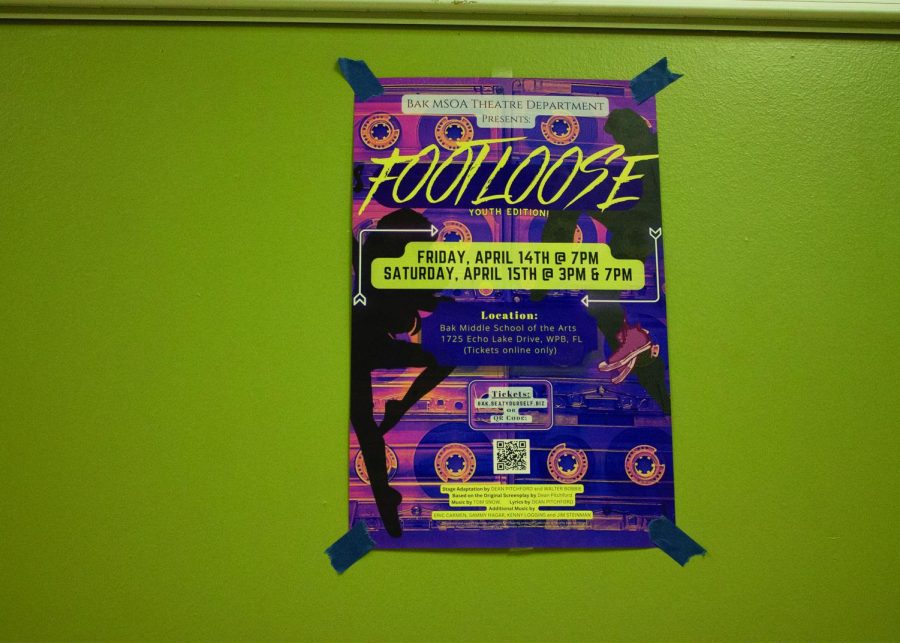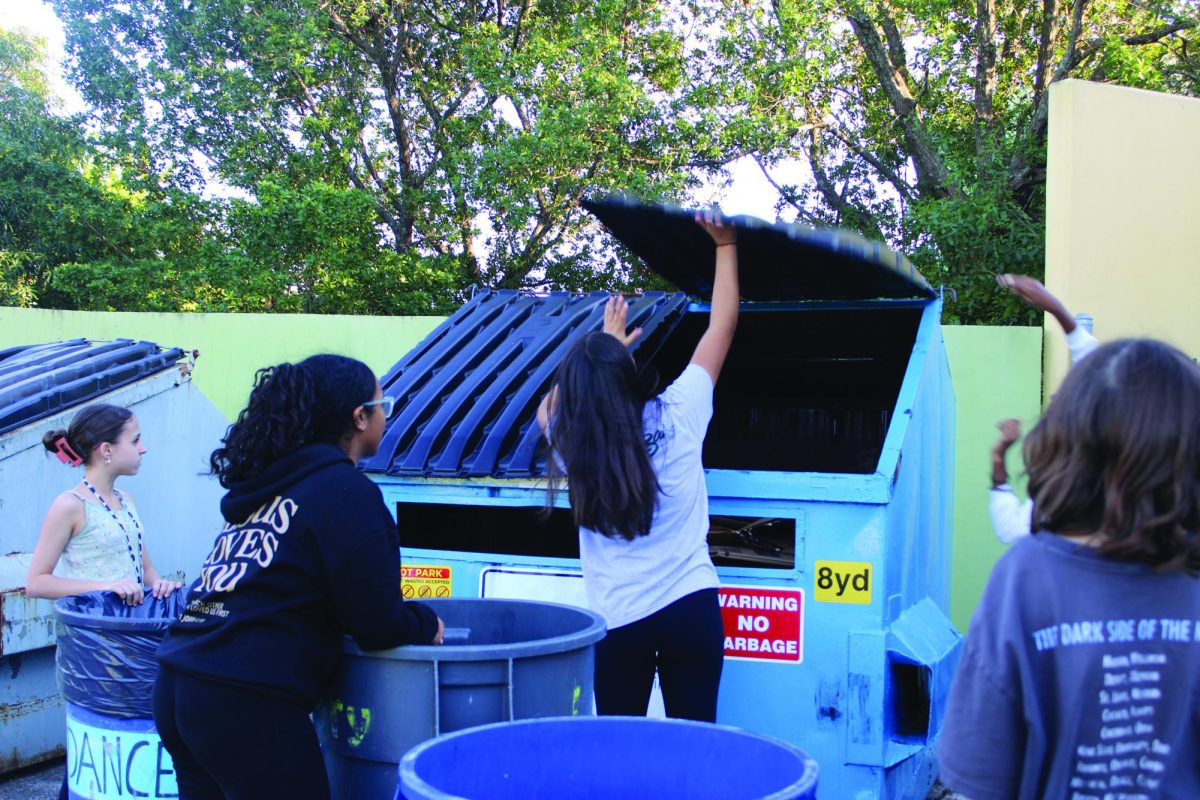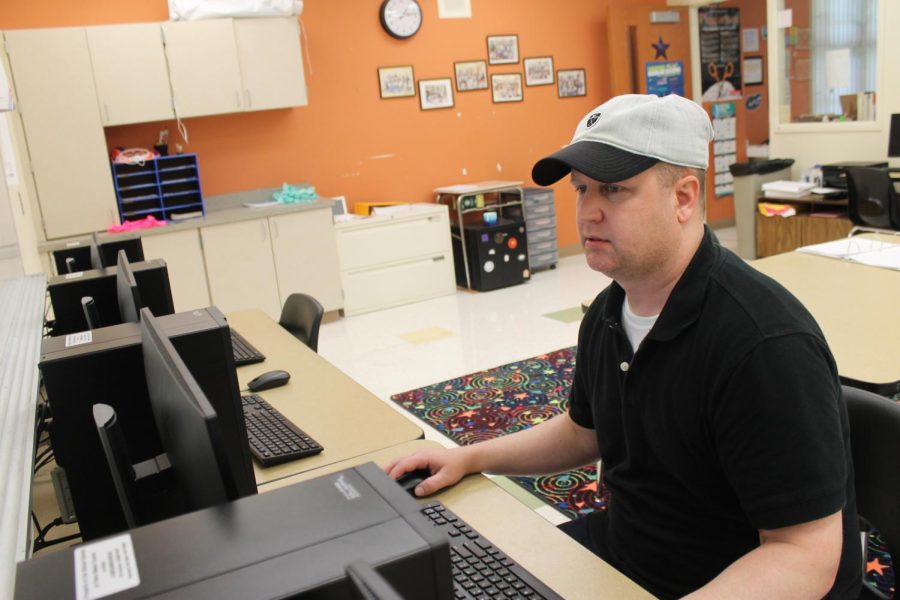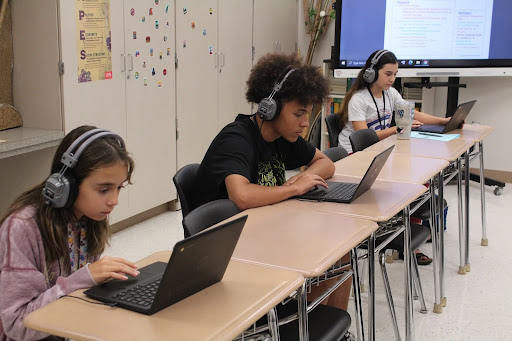School has never been easy. It was never meant to be easy. It is meant to prepare people for the real world and give people the proper education necessary to succeed and thrive as a functioning member of the workforce and society. It also always has been a complicated social network that students can struggle to find their place in. However, the academic and social pressure placed on students in this day and age has undeniably made school much more difficult and stressful than it was forty or fifty years ago when many of our parents were in school.
Several key factors are contributing to this. First of all, students are simply expected and anticipated to take more difficult and time-consuming classes than students from the past few generations.
According to the National Center for Education, “high school seniors were taking an average of 27.2 credits [in 2019], a jump from the 23.6 credits high schoolers were taking in 1990. In 2019, 13% of students were taking a rigorous course schedule. But in 1990, only 5% of students were taking the same level of classes.”
In this study, a “rigorous course schedule” was defined by analyzing the amount of credits a student was taking and the amount of extracurricular responsibilities that students had. While this study only applied to high school students, it is extremely reasonable to assume that this is also going on with a middle school population, where high stress levels and academic expectations are already running rampant.
The reason why many students feel the need to do this and put so much pressure on themselves is typically one of two reasons (or a combination of both): either their parents are pushing them to be the top of their class and on their “A” game at all times, or they feel that without taking the most challenging classes, they won’t have a shot at getting into their dream college.
The reason why getting into college has become so much more difficult has two causes. First, the United States is simply much more populated today than it was forty years ago and there have not been enough universities created to open spots for everyone. Also, there has been a huge influx of students who are first-generation college students, meaning that they are the first ones in their families to apply for college.
Both of these reasons combined have, according to the Common Application, caused the “total application volume [to rise] from 5.4 million in 2019 to 7 million in 2022 — a 30% jump.” A 30% increase in just three years is astonishing and astronomical. It is no wonder that students feel the need to put so much more academic pressure on themselves now than they did forty or fifty years ago.
Additionally, parental pressure has always existed but seems to have skyrocketed in these last few years due to kids’ inherent perfectionism. According to the American Psychological Association, “young people’s perceptions of their parents’ expectations and criticism have increased over the past 32 years and are linked to an increase in their perfectionism.” This perfectionism is partially caused by increasing mental health issues.
The COVID-19 pandemic sent the public education system into total and utter disarray and pandemonium for years. While many students and schools are just now getting back onto their feet, it is undeniable that since the pandemic, students’ mental health has deteriorated. This undoubtedly makes going to school tougher for them.
According to the Centers for Disease Control and Prevention’s Youth Risk Behavior Surveillance System, “In the 10 years leading up to the pandemic, feelings of persistent sadness and hopelessness—as well as suicidal thoughts and behaviors—increased by about 40% among young people.” In this study, a “young person” is considered anyone between the ages of 3 and 17. Such an increase in mental health issues also undoubtedly makes school much more difficult nowadays.
According to the Suicide Prevention Resource Center, “Mental health problems can affect a student’s energy level, concentration, dependability, mental ability, and optimism, hindering performance. Research suggests that depression is associated with lower grade point averages and that co-occurring depression and anxiety can increase this association.”
One of the most common reasons for these skyrocketing mental health issues in our youth, other than academic pressure, also plays a huge factor in making school more challenging for students today.
According to the American Psychological Association, “contributing factors [to declining youth mental health] primarily include stigma and bullying.”
Stigma and bullying have always been present in school. Many people believe that bullying used to be worse for older generations. However, that is 100% false. While bullying may have been more obvious back then, today’s subtle, snarky bullying can affect children just as much and it is occurring at a much more elevated volume.
According to the Cyberbullying Research Center, “In 2019, over half of students said they had been bullied at school, compared to 38.6% in 2016.” Bullying has increased over the years, making the social landscape in middle and high schools that much more strenuous to navigate. Finding good friends and making lifelong connections is so much more challenging today than it was back then.
In today’s digital age, making friends is so much more difficult than it once was. Not having a proper support system of friends to rely on or confide in can also make school much more difficult to endure and struggle through. Increased mental health issues are another reason for this as depression and anxiety can cause people to not want to talk with or make connections with others surrounding them.
The primary excuse that people who believe school today is just as difficult, if not easier than it was forty or fifty years ago is that students today have so much more access to technology. According to Staying Ahead of the Game, “Access to technology lets students access the awesome power of automation to build habits and routines.” However, technology does just as much harm as it does good.
This is true because technology, as mentioned earlier, is one of the main reasons why students fail to make sincere connections with their fellow students. According to Cerritos College, “Children might get used to being alone and lose the desire to engage with their parents or even friends, outside of the internet. Often the virtual reality of their devices is more appealing and entertaining than the physical reality.”
All in all, it is completely undeniable that school has become much harder for students to get through. This is a combination of academic pressure, the aftermath of COVID-19, a more rigorous schedule, a more challenging social landscape, the negative effects of technology, bullying, mental health issues, and more.
Yes, school has always been hard. Nobody is denying that. All that is being said is that it is time to see today’s education system for what it is: something that stresses our youth out and stretches them far more thin than they should be at these key developmental ages. It is time to see these earlier-mentioned issues for what they are and support other students in making it through this rough and difficult time.

